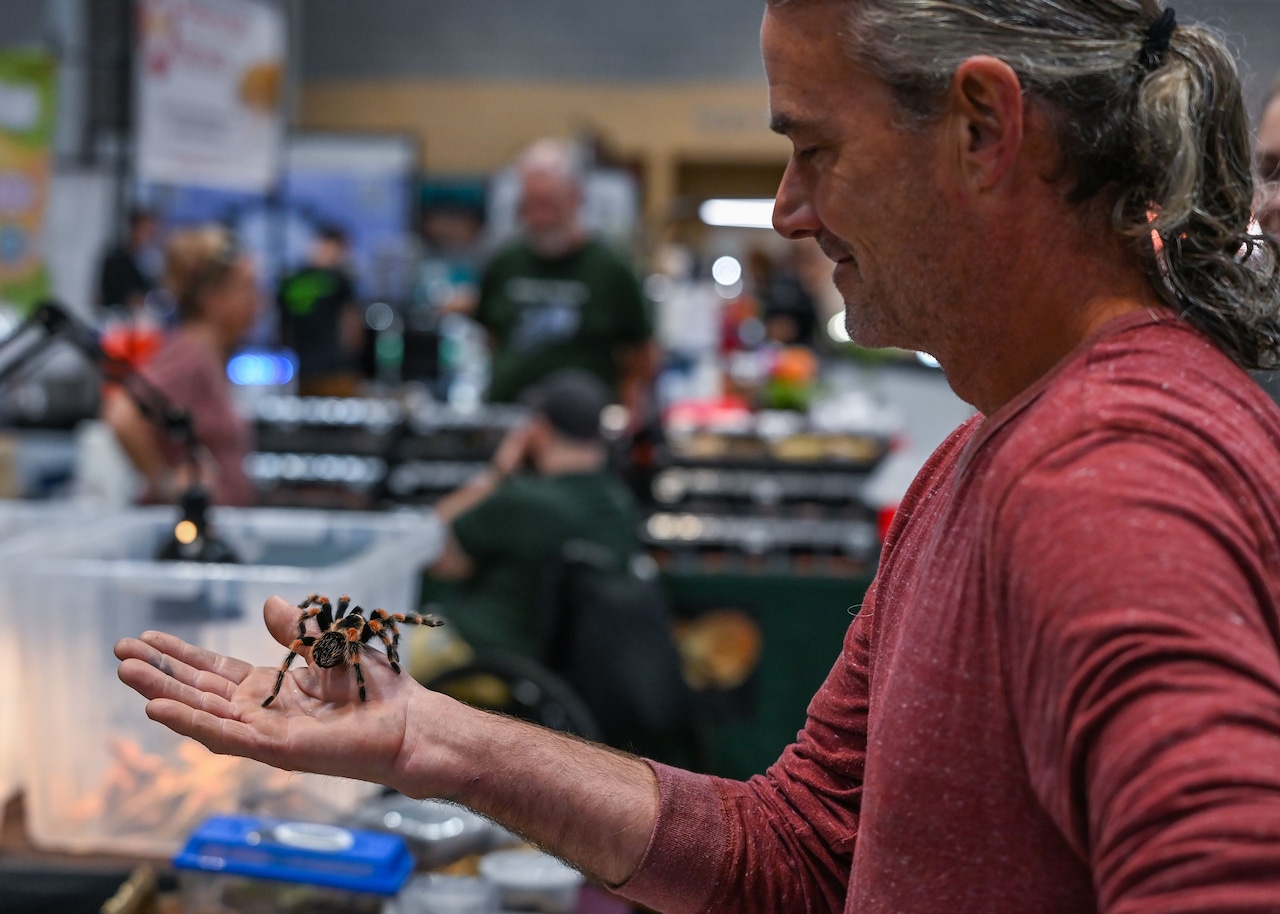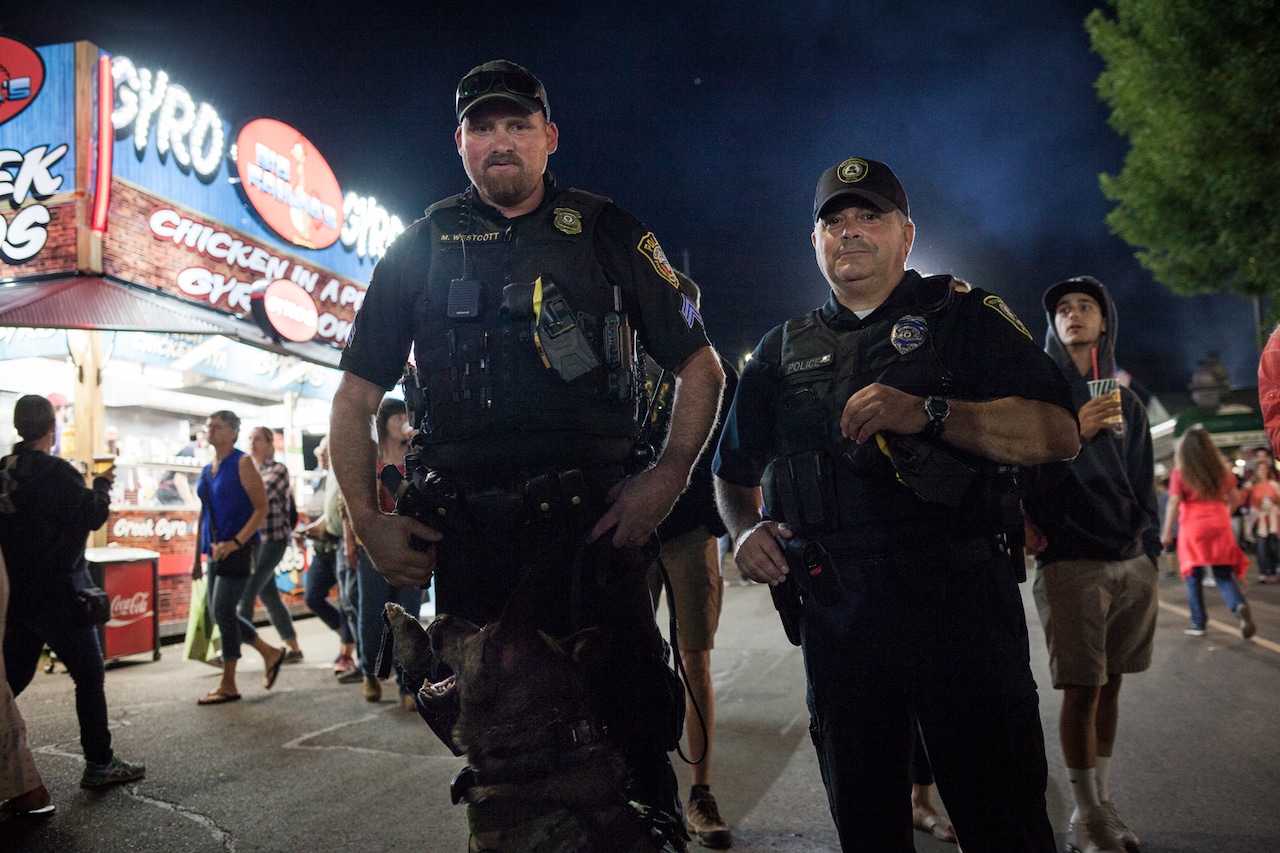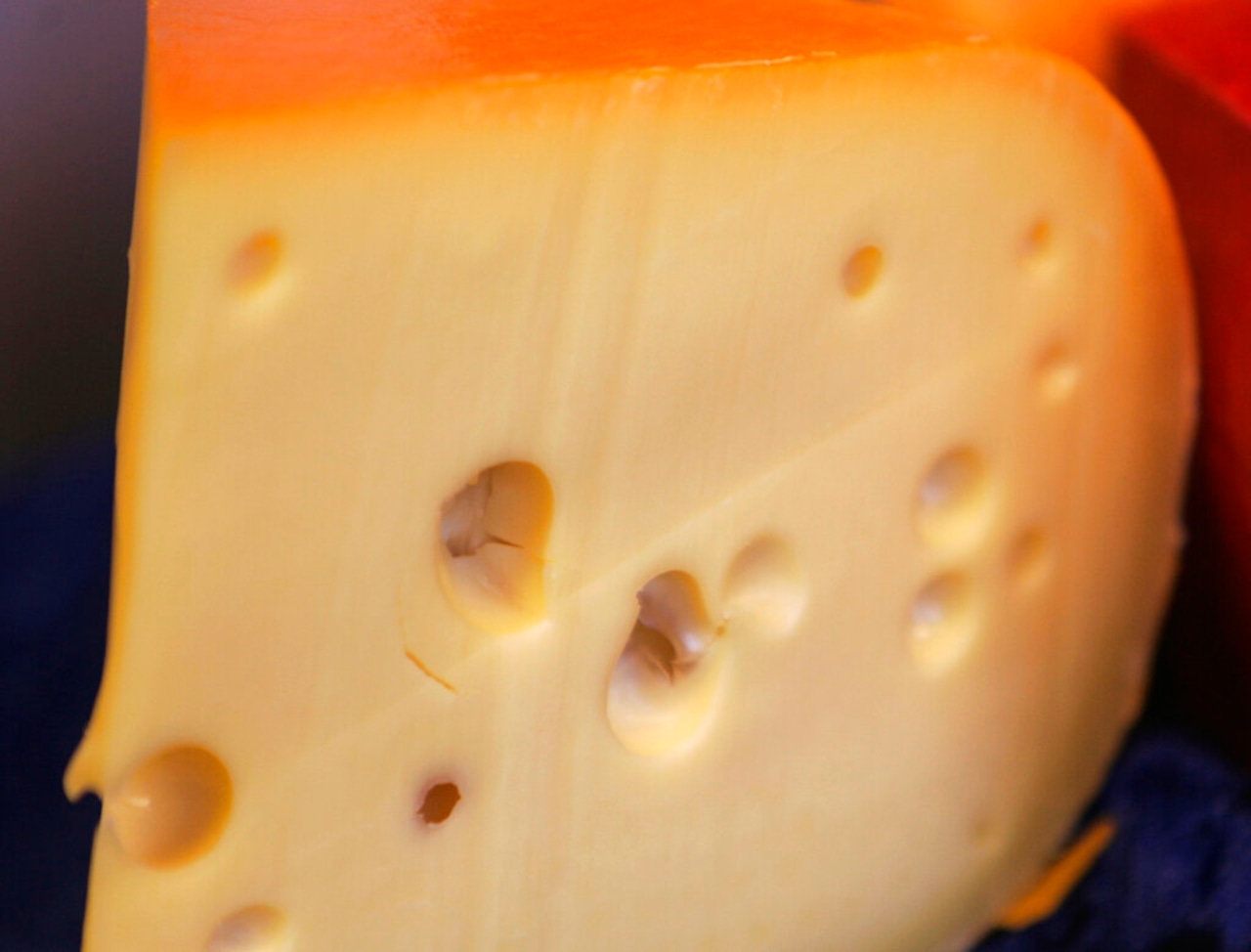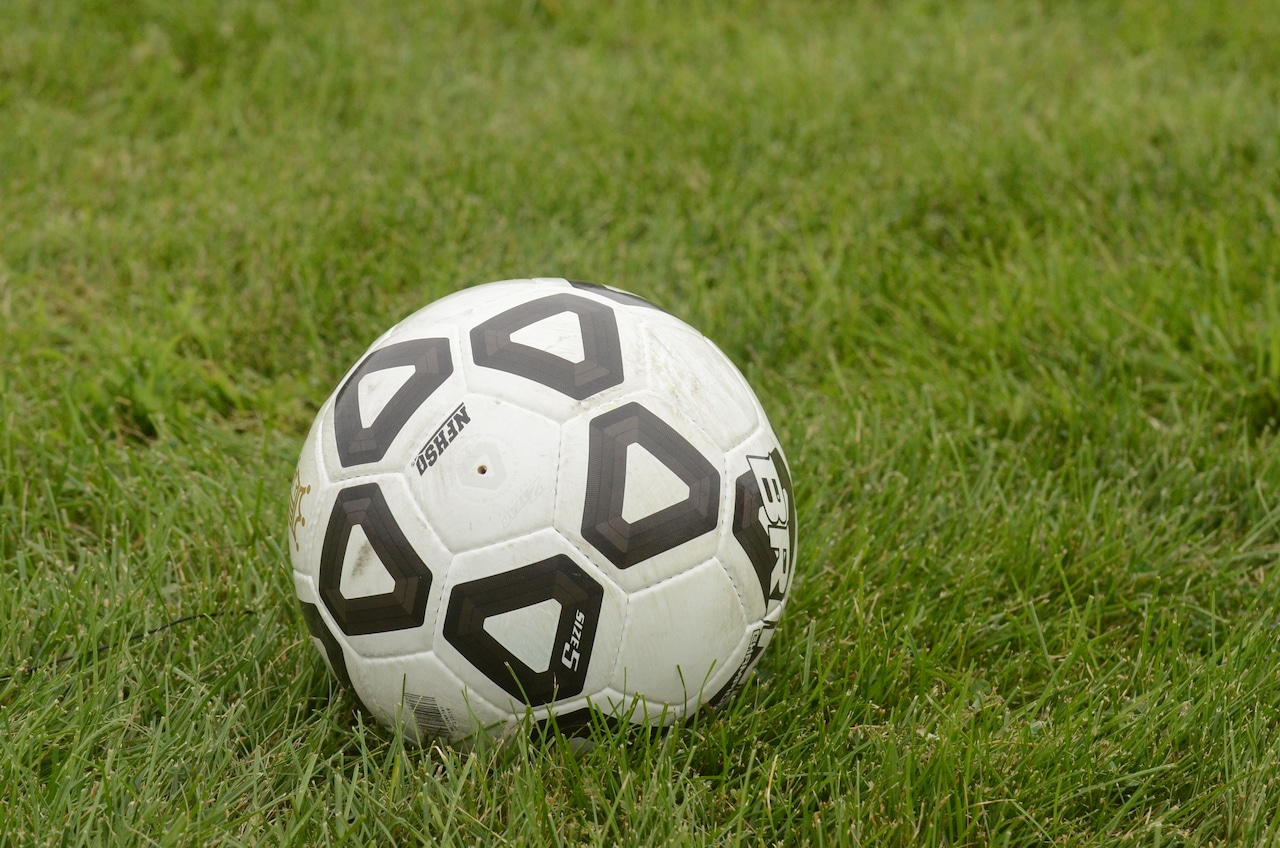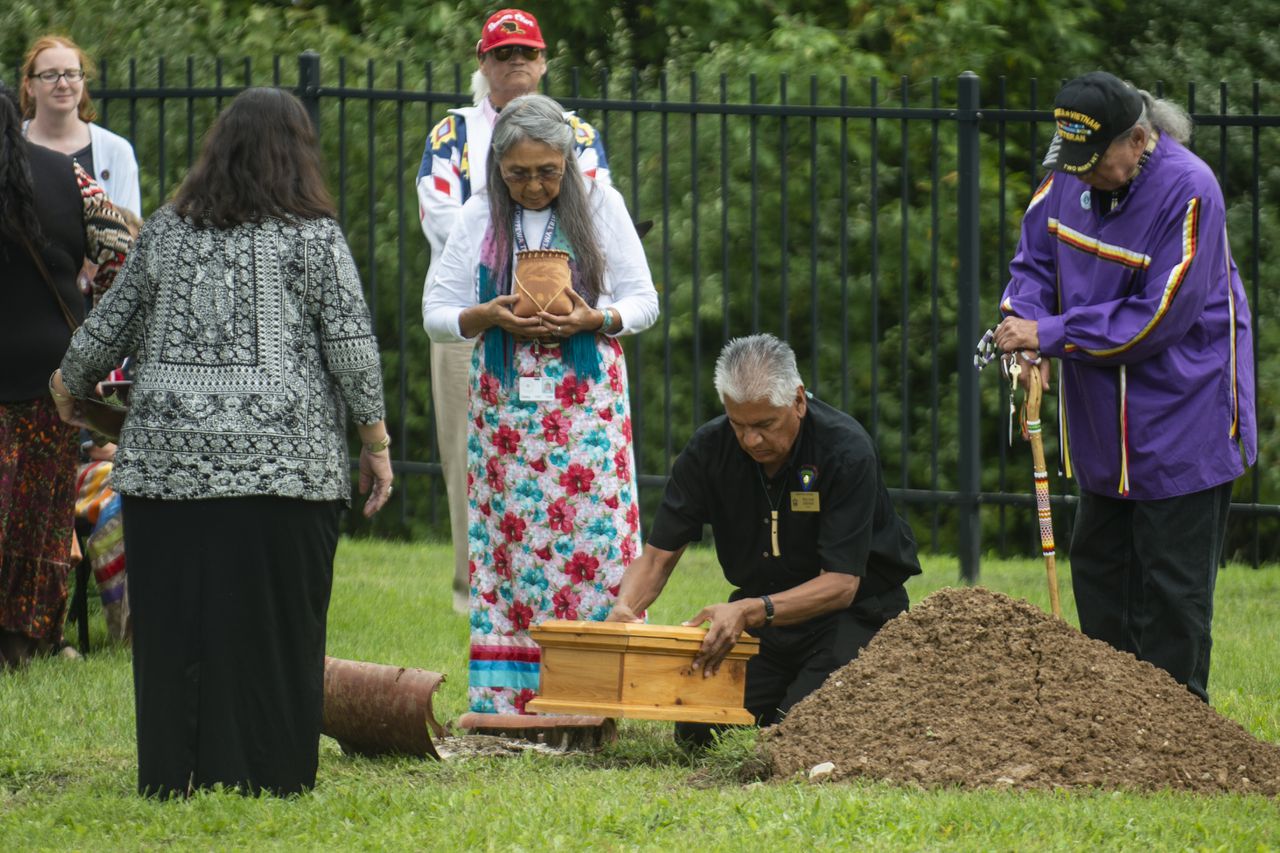
SPRINGFIELD — Native American human remains from at least two people taken from Springfield and Longmeadow will soon be returned to their ancestral grounds for reburial.
But why do museums hold human remains? That’s a question a University of Massachusetts Amherst history professor has researched extensively.
A major driver is “scientific racism,” the practice that fed discredited pseudo-scientific notions of race and racial superiority.
Samuel J. Redman, director of the university’s Public History Program, has worked on repatriation efforts, including one at the Colorado Historical Society in 2006. Redman said he couldn’t stop wondering why human remains like those of Indigenous people ended up in museums.
In 2016, he wrote about it in a book, “Bone Rooms: From Scientific Racism to Human Prehistory in Museums.”
The late 19th century and early 20th century saw the height of collecting, he said. A wide variety of people did it, from archeologists to amateur collectors, looters, missionaries and army officers. Thomas Jefferson wrote about digging up Native American burial grounds in his book, “Notes on the State of Virginia,” Redman said.
Many objects were then donated to museums, said Edith Andrews, a member of the Wampanoag Tribe of Gay Head (Aquinnah) who has worked on repatriation.
“A lot of them were acquired from people who had gone around and dug them up. And after they looked at them and examined them, they had no place to put them and they gave them to museums,” she said.
In 1864 Minnesota, militiamen shot and killed a Native American man, Redman writes in the opening of his book. Months later, his bones were dug up from his grave and taken to a military doctor for examination. The doctor then sent them to a new U.S. Army medical museum in the name of science. Later, the remains were housed in the Smithsonian until the late 1990s.
“Early on, a lot of the story is about race,” Redman said. “Many people in this era believe that race was a definable concept that one can measure.”
Scientists at the time believed that characteristics like intelligence would relate to skull size and would come to racist conclusions, Redman writes.
One man measuring skulls at the Army Medical Museum, for example, said that “The American Indians must be assigned a lower position on the human scale than has been believed heretofore,” Redman writes in his book. It was an example of pseudo-science now seen to be false.
Sean M. Decatur, the American Museum of Natural History’s president, acknowledged the racist history in a recent letter to staff. The museum would stop displaying human remains and put more effort into identifying the thousands of remains in its collection.
“Human remains collections were made possible by extreme imbalances of power,” Decatur’s letter reads. “Moreover, many researchers in the 19th and 20th centuries then used such collections to advance deeply flawed scientific agendas rooted in white supremacy — namely the identification of physical differences that could reinforce models of racial hierarchy.”



